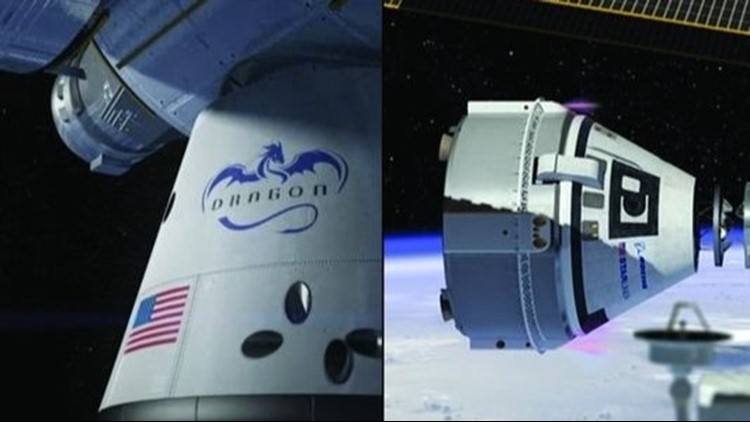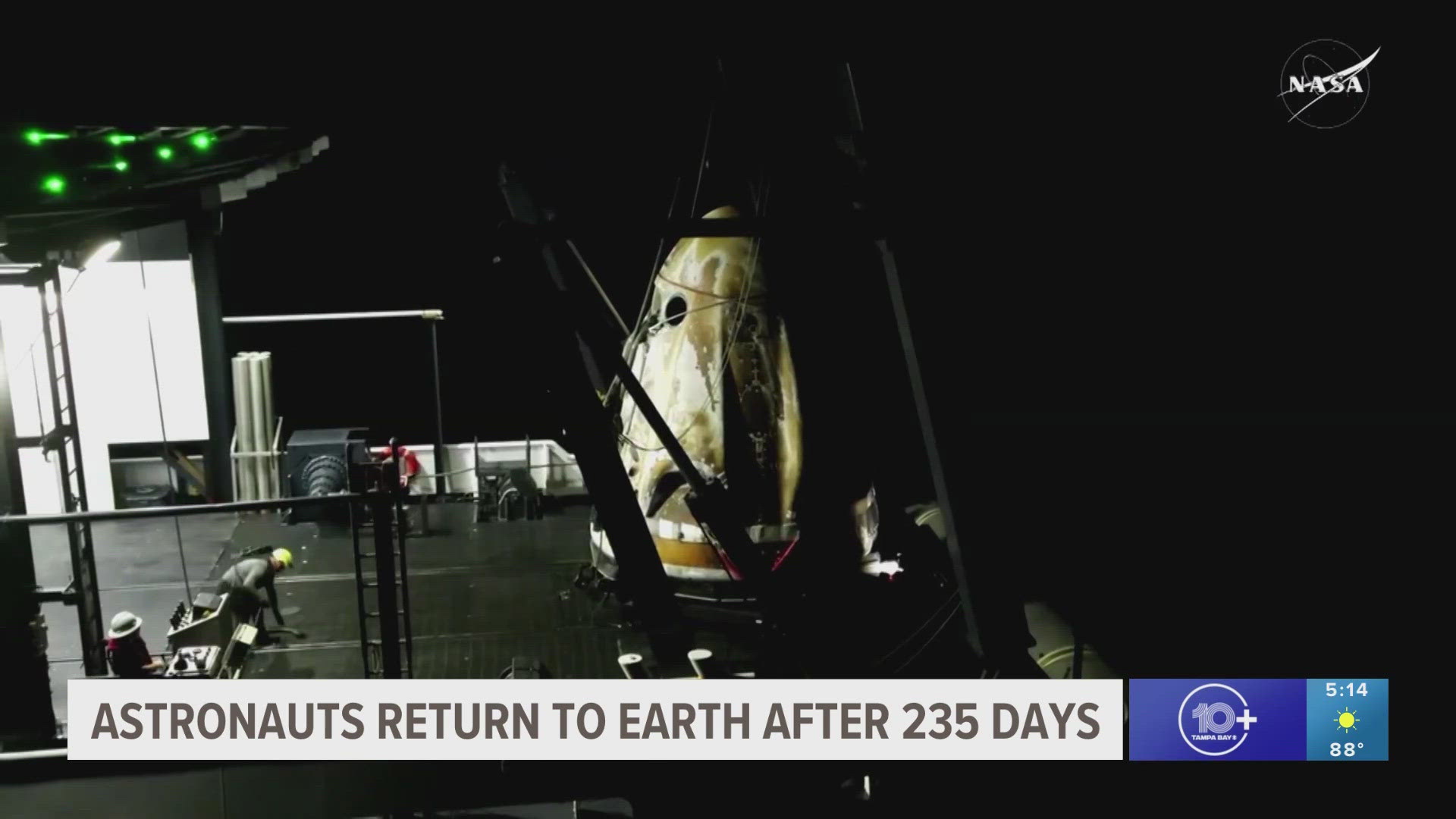It’s unknown when astronauts will launch into orbit next from U.S. soil, but NASA next week will clear up one highly anticipated aspect of the missions: which astronauts will be the first to fly Boeing and SpaceX capsules when they are ready.
At an event next Friday, Aug. 3, in Houston, home of astronaut corps, NASA Administrator Jim Bridenstine will name the pairs of test pilots crews that will board Boeing’s CST-100 Starliner and SpaceX’s Dragon for their first crewed test flights from the Space Coast.
The four-person crews that will follow after the capsules are certified as safe for operational missions also will be announced.
It remains to be seen which company will win the race to fly the first crew under NASA’s Commercial Crew Program, and when.
Current schedules are known to have no basis in reality, showing uncrewed test flights planned next month and the first crewed test flights before the end of this year.
NASA presumably will update the flight schedules along with the crew assignments. The space agency has long said it would announce the assignments roughly a year before the missions.
Already, three years have passed since NASA named a four-person group of astronauts to train for the test flights, which were then expected in 2017.
Astronauts Bob Behnken, Eric Boe, Doug Hurley and Sunita Williams started out training to fly on either Boeing or SpaceX vehicles.
But former NASA astronaut and current Boeing Starliner executive Chris Ferguson, who led the final space shuttle mission in 2011, is widely expected to represent Boeing on the first Starliner flight, along with a NASA crewmate. SpaceX will fly an all-NASA crew.
That would leave one member of NASA’s test pilot “cadre” waiting for a later operational mission.
Boeing will launch Starliners atop United Launch Alliance Atlas V rockets from Launch Complex 41 at Cape Canaveral Air Force Station. SpaceX will launch Dragons atop Falcon 9 rockets from Kennedy Space Center's Launch Complex 39A.
Independent government watchdogs have warned of delays to the commercial crew flights as both companies complete development and testing of their capsules.
For the seven years since Ferguson led the shuttle Atlantis crew flying the STS-135 mission, NASA has relied on Russia’s Soyuz spacecraft to fly crews to and from the ISS, the microgravity laboratory complex orbiting 250 miles overhead.
NASA will use up its last Soyuz seats in late 2019, raising the risk that it might not be able to fully staff the space station if Boeing and SpaceX aren’t certified for operational missions by early 2020.
Next Friday's announcement originally was expected to be by hosted at KSC, the lead center for the Commercial Crew Program, potentially including involvement from Vice President Mike Pence or even President Donald Trump.
But the venue was moved to JSC, so far with no White House participation confirmed.
KSC Director Bob Cabana and JSC Director Mark Geyer will join Bridenstine in making the crew announcements.
NASA in 2014 awarded Boeing and SpaceX contracts, worth $4.2 billion and $2.6 billion, respectively, to fly astronauts on the test flights and up to six operational flights to the ISS.



